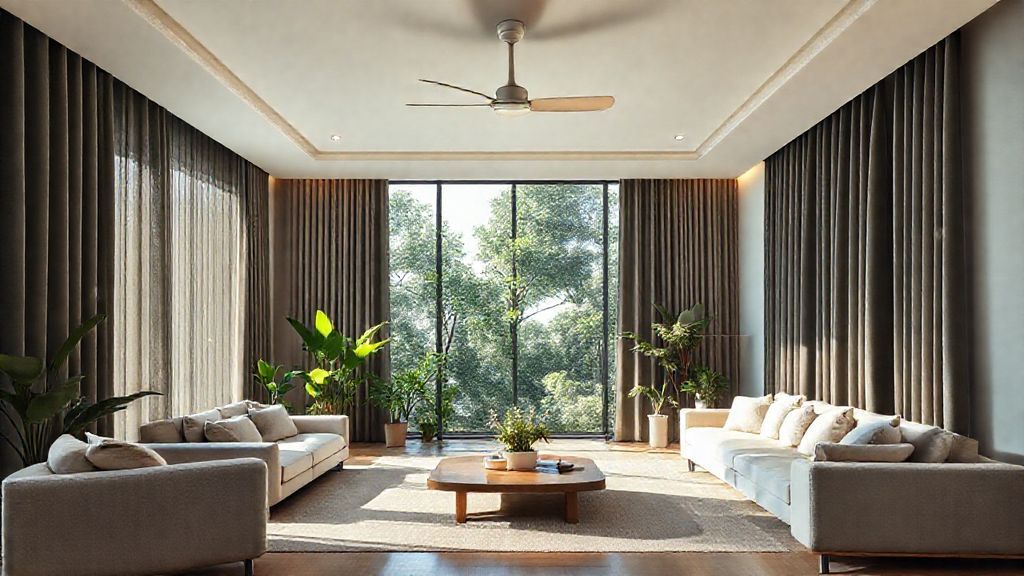Summer heat can be unbearable, especially when temperatures climb and air conditioners run nonstop. But what if you could stay cool without relying on energy-hungry machines? Learning how to keep your home cool naturally is not only cost-effective but also eco-friendly. By making a few smart adjustments, you can transform your space into a refreshing retreat—even on scorching days.
From clever window tricks to strategic décor choices, these practical hacks are designed to keep your home comfortable, reduce electricity bills, and minimize your carbon footprint. Ready to beat the heat the natural way? Let’s dive in.
1. Block Sunlight with Blackout Curtains
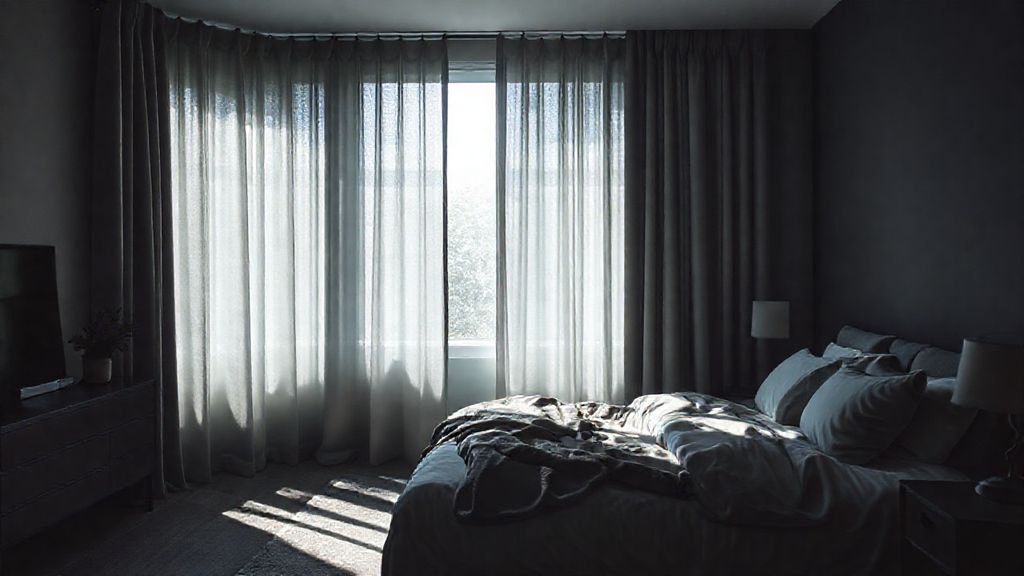
Direct sunlight streaming into your home quickly raises indoor temperatures. Blackout curtains are an effective and affordable way to keep the sun’s heat at bay. These heavy, insulated fabrics reduce solar gain by up to 25%, significantly lowering indoor warmth.
Installing them in south- and west-facing windows is particularly effective during peak sunlight hours. For maximum cooling, pair curtains with reflective liners to bounce heat outward. This small upgrade not only keeps rooms cooler but also helps protect furniture from fading. Learn more.
2. Use Cross-Ventilation Wisely
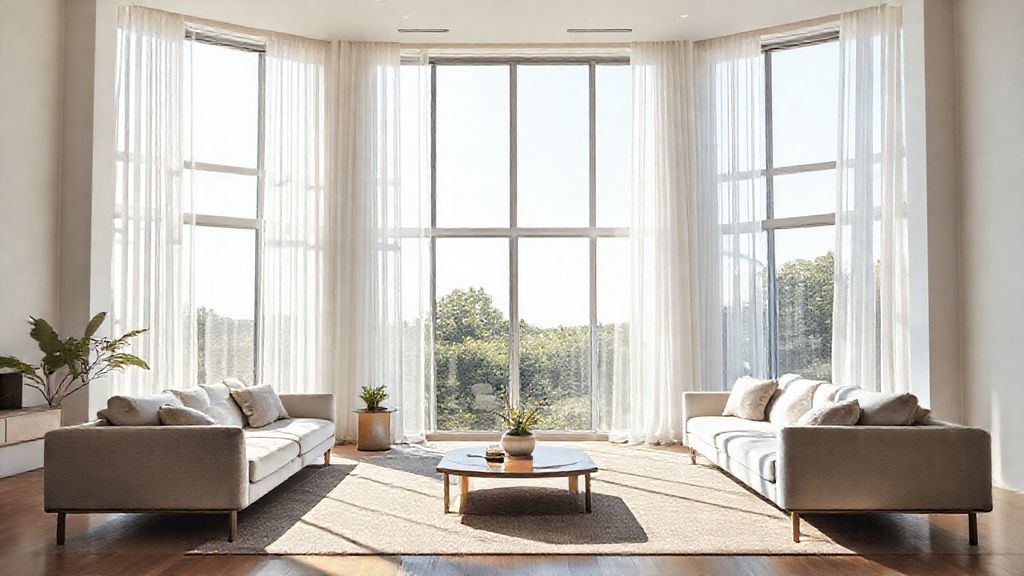
Ventilation is key to creating airflow that naturally cools your home. Open windows on opposite sides of a room or house to establish cross-breezes that sweep out hot air and pull in cooler air. For best results, open lower windows on the shaded side and upper windows on the warmer side, as hot air rises.
Enhance circulation by placing fans strategically near windows to push air outside while pulling fresh air in. This creates a natural wind tunnel effect that instantly cools down living spaces.
Learn more.
3. Switch to LED Lighting

Incandescent bulbs may seem harmless, but they release 90% of their energy as heat. Replacing them with LED bulbs is one of the simplest ways to cut down unnecessary indoor warmth. LEDs are not only cooler to touch but also more energy-efficient, lasting up to 25 times longer. This reduces both electricity bills and heat accumulation.
Dimmable LEDs can also help you control light intensity at night, preventing unnecessary warmth. Making the switch is a small but impactful step toward a cooler and greener home environment. Learn more.
4. Cook Smart and Avoid the Oven
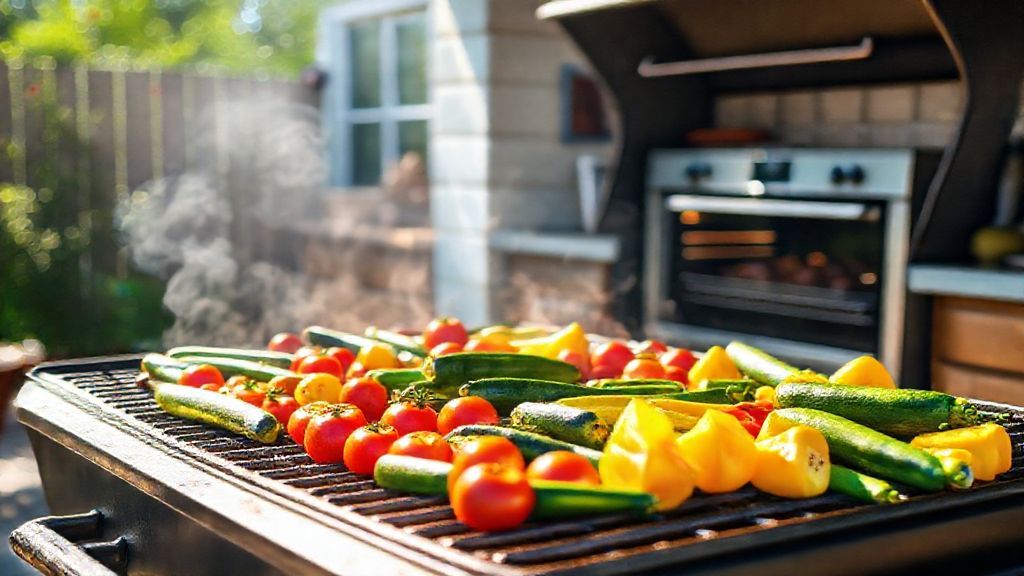
Running the oven during hot summer days can make your kitchen unbearable. Instead, shift to stovetop, microwave, or slow cooker meals that generate less heat. Even better, embrace outdoor grilling or no-cook recipes like fresh salads and sandwiches. Cooking early in the morning or late evening when temperatures are lower also helps.
By planning meals strategically, you not only minimize indoor heat but also enjoy seasonal foods that are light and refreshing. This simple adjustment makes a huge difference in keeping your home cool. Learn more.
5. Insulate Doors and Windows
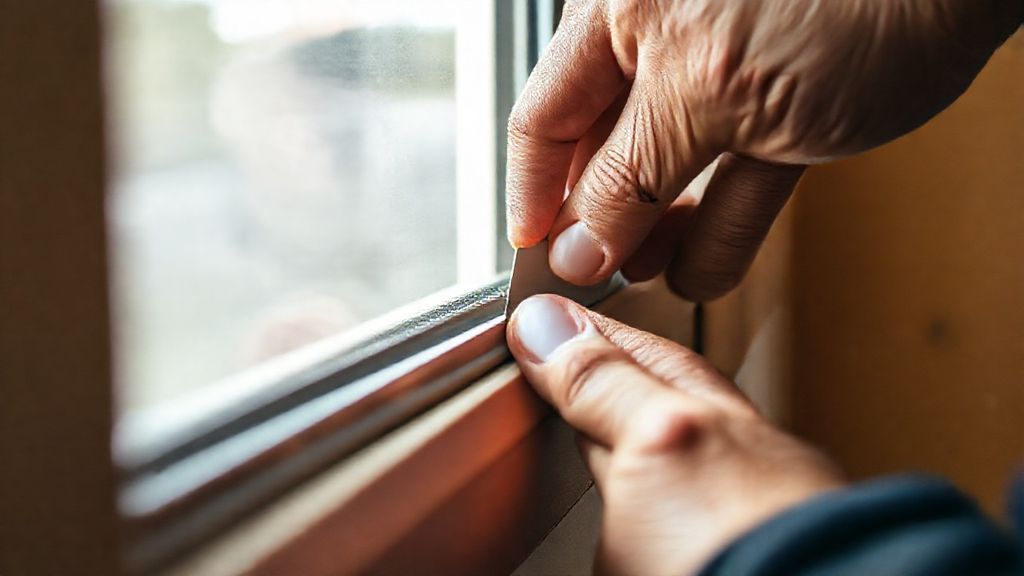
Tiny air leaks around windows and doors let hot air in and cool air escape. Weatherstripping and caulking are inexpensive yet powerful solutions to seal these gaps. Proper insulation improves overall energy efficiency and helps maintain a consistent indoor temperature. You’ll notice rooms feel cooler in summer and warmer in winter.
Use a draft detector or even a candle flame test to identify leaks. Fixing them not only enhances comfort but also reduces energy costs year-round. It’s a simple upgrade with lasting impact.
Learn more.
6. Optimize Ceiling Fans for Cooling
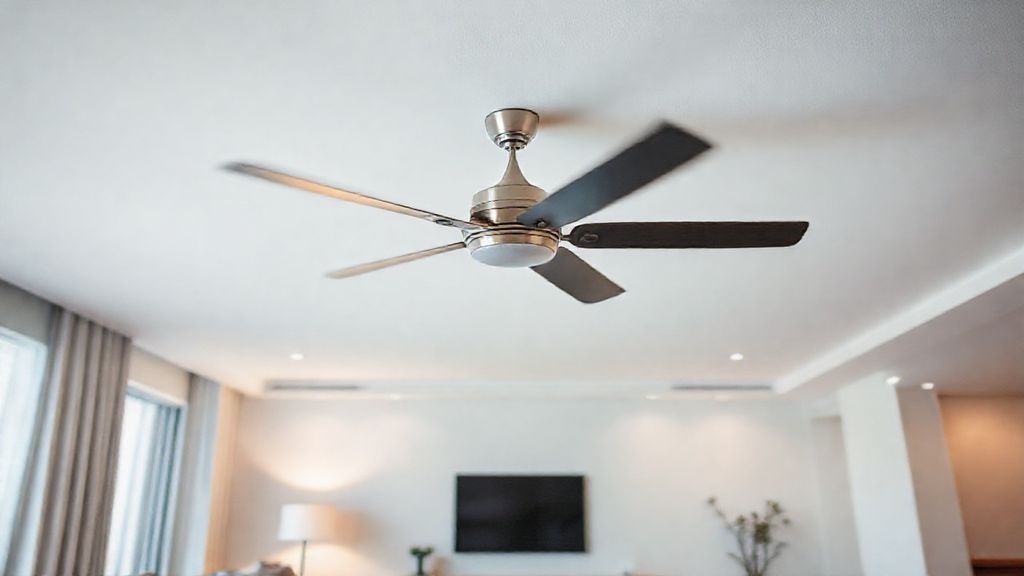
Ceiling fans can do more than just circulate air—they can create a cooling effect when used correctly. In summer, set fans to rotate counterclockwise to push air downward, creating a wind-chill effect that makes rooms feel cooler by up to 4°F. Pair fans with open windows for enhanced ventilation, and remember to turn them off when you leave the room to save energy.
This low-cost adjustment significantly improves comfort without relying on AC. Fans are one of the most underrated yet effective cooling tools. Learn more.
7. Switch to Cotton or Linen Bedding
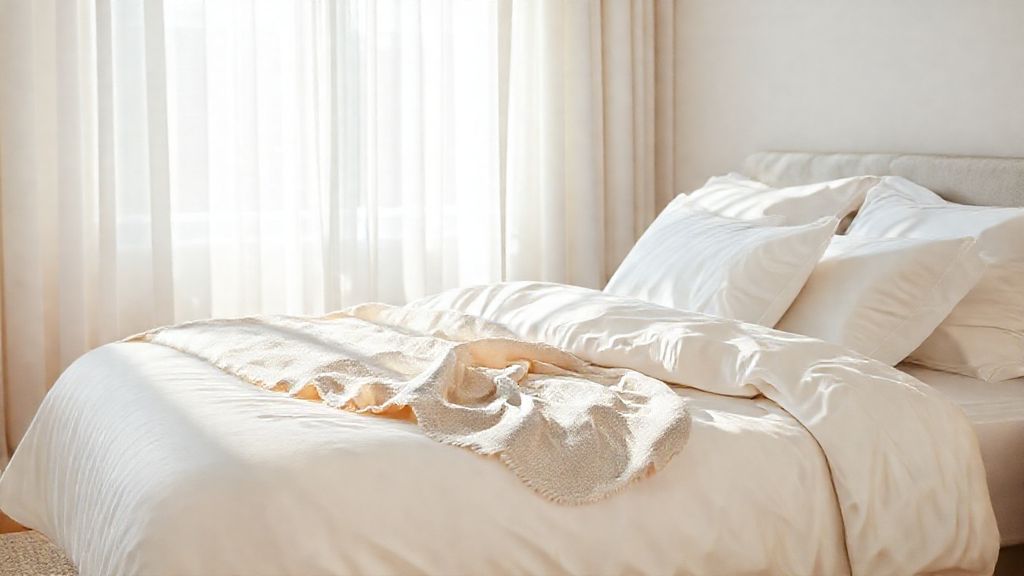
Your choice of bedding can make or break a summer night’s sleep. Heavy fabrics like polyester trap heat, while natural fibers such as cotton and linen are breathable and moisture-wicking. These materials promote airflow and help regulate body temperature, keeping you cooler through the night. Opt for light-colored sheets to reflect rather than absorb heat.
Pairing breathable bedding with lightweight blankets or none at all makes for restful, sweat-free nights. Upgrading your linens is a small change that makes a big difference in comfort.
Learn more.
8. Plant Shade Trees Strategically
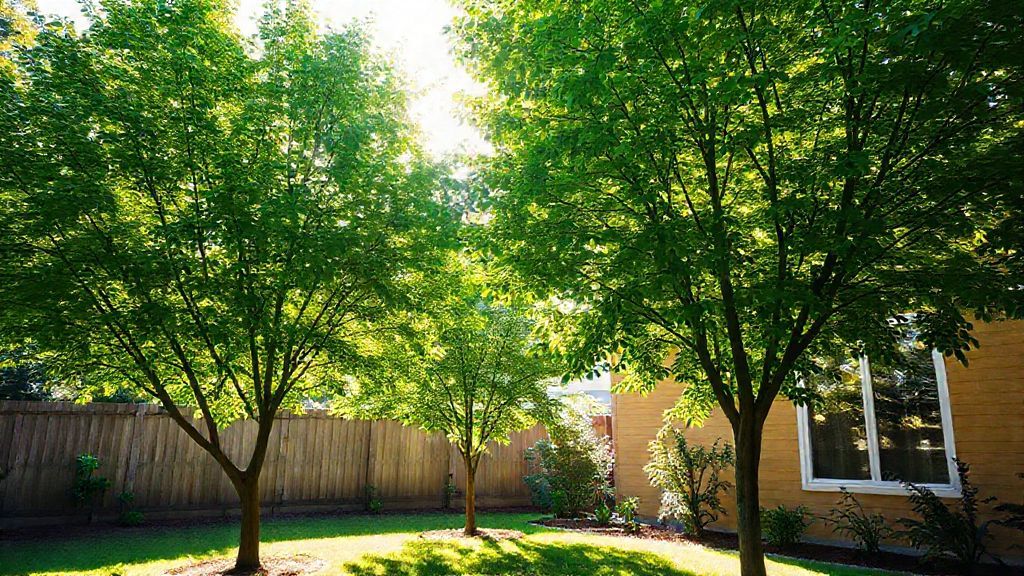
Nature provides one of the most effective cooling systems: shade. Planting deciduous trees near south- and west-facing windows reduces indoor heat by blocking direct sunlight. In winter, when trees shed leaves, they allow sunlight to warm your home naturally.
Consider fast-growing varieties such as maple or birch for quicker results. Beyond cooling benefits, trees improve air quality, enhance curb appeal, and provide habitats for wildlife. Though a long-term solution, strategic landscaping pays off with both comfort and sustainability. Learn more.
9. Create DIY Cooling Zones
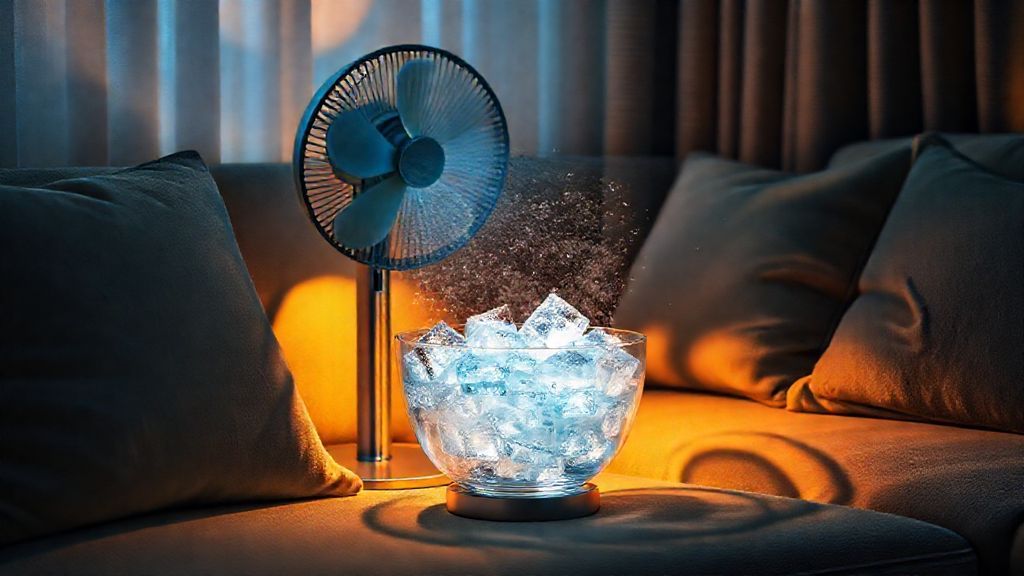
If cooling the entire home feels overwhelming, focus on creating personalized cooling zones. Position fans with bowls of ice in front to create makeshift air conditioning. Use damp, chilled towels or cooling pads on furniture for extra relief.
Concentrating cooling efforts in high-use areas like bedrooms and living rooms is more efficient than spreading resources thin. This approach is especially practical for renters or small apartments where structural changes aren’t possible. Cooling zones provide targeted comfort where you need it most. Learn more.
10. Reflect Heat with Window Films

Window films act like sunglasses for your home, reducing glare and reflecting up to 80% of solar heat. Easy to install, these films provide privacy during the day while allowing natural light inside. They’re particularly effective in urban settings with large glass windows.
By lowering indoor heat, they also help protect floors and furnishings from UV damage. For renters, removable films are available that don’t damage windows. It’s a cost-effective and stylish way to stay cooler without heavy modifications. Learn more.
11. Stay Hydrated and Use Cooling Sprays

Sometimes keeping your home cool also means keeping your body cool. Staying hydrated helps regulate body temperature naturally. Keep chilled water bottles nearby and consider using misting sprays or damp washcloths on pulse points for instant relief. Fans amplify the cooling effect when used with sprays.
This approach is especially useful at night or during heatwaves when temperatures stay high. By focusing on personal comfort alongside environmental strategies, you can create a holistic approach to summer cooling. Learn more.
12. Use Light-Colored Décor and Paint

Dark colors absorb heat, while light tones reflect it. Choosing light-colored curtains, rugs, and wall paint significantly reduces heat buildup indoors. Reflective or pastel tones not only keep your home cooler but also create a visually calming environment. Updating décor with seasonal swaps—like replacing heavy drapes with airy ones—enhances both style and comfort.
It’s a subtle but effective way to influence indoor temperature without mechanical cooling. This design-conscious hack combines aesthetics with practicality, making homes more livable during peak summer. Learn more.
13. Unplug Electronics When Not in Use
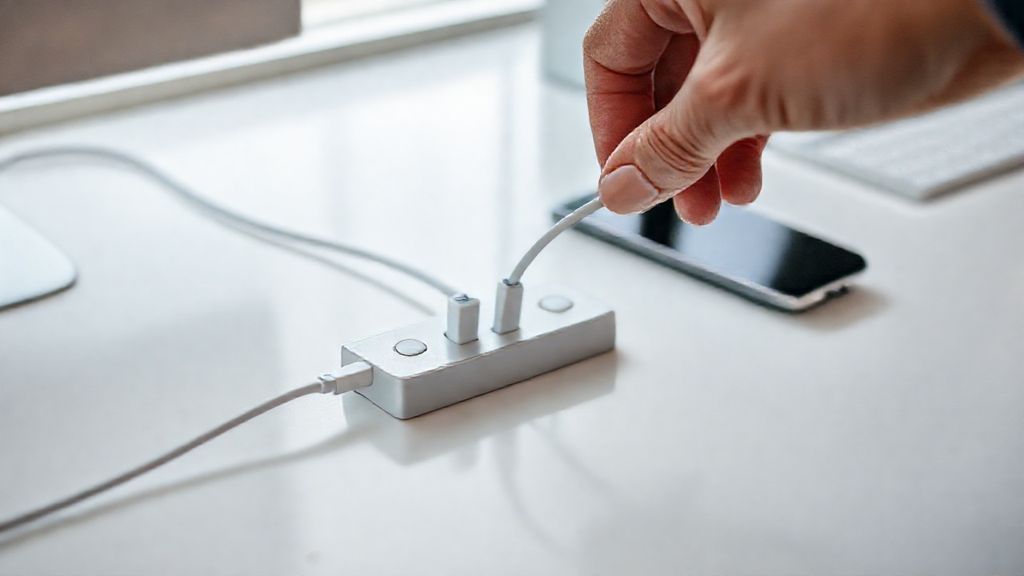
Electronics generate heat even when idle, especially chargers, TVs, and kitchen appliances. Unplugging them reduces unnecessary warmth while lowering electricity bills. Power strips make this process convenient by allowing multiple devices to be turned off at once. Consider scheduling device usage for cooler hours to minimize indoor heat.
Not only does this keep your home cooler, but it also contributes to energy conservation—a win-win solution. Small lifestyle adjustments like this create noticeable improvements over time.
Learn more.
14. Try Natural Cooling with Indoor Plants

Certain indoor plants help regulate humidity and create a cooling effect. Varieties like aloe vera, peace lilies, and snake plants release moisture into the air, making rooms feel fresher. Placing them near sunny windows not only improves air quality but also provides natural shading.
Plants also reduce stress and add aesthetic appeal, making your home feel like a calm oasis. This eco-friendly hack works best when combined with other cooling strategies, maximizing comfort and sustainability. Learn more.
15. Adopt a Heat-Conscious Daily Routine

Adjusting your daily habits can significantly reduce heat buildup indoors. Do laundry and run dishwashers in the evening to avoid adding warmth during the day. Close blinds before leaving for work to trap cooler air inside. Wear lightweight, breathable clothing to stay comfortable without overusing fans.
Small behavioral shifts like these collectively make a big difference. By aligning daily routines with natural temperature cycles, you’ll create a consistently cooler home environment while saving energy. Learn more.
Conclusion
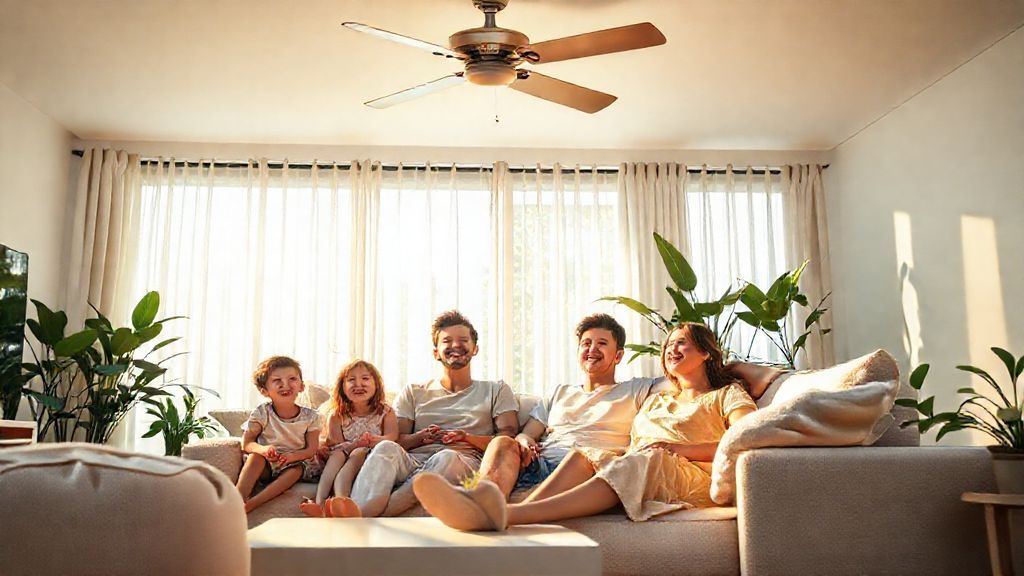
Keeping your home cool this summer without air conditioning is entirely achievable with the right mix of strategies. From harnessing natural airflow to rethinking daily habits, these actionable tips empower you to create a refreshing, energy-efficient living space.
Beyond personal comfort, these hacks also contribute to lower energy bills and a reduced environmental footprint. Small changes truly add up to a major difference. Start with just one or two strategies today and gradually build your routine. Stay cool, stay safe, and embrace a summer that’s both comfortable and sustainable.

